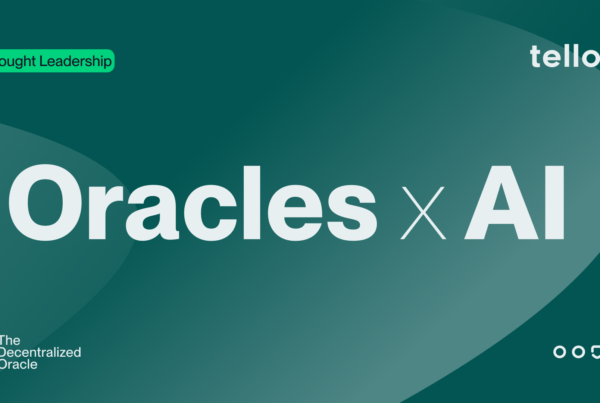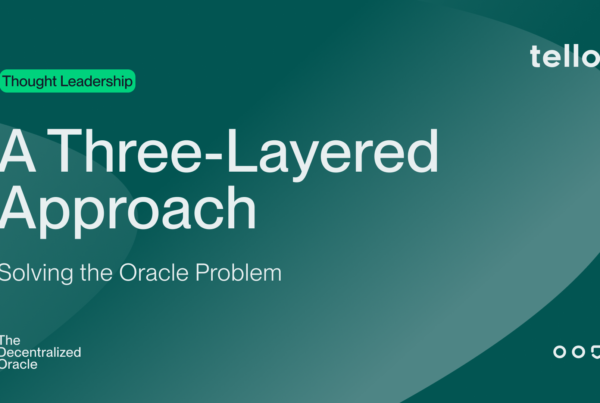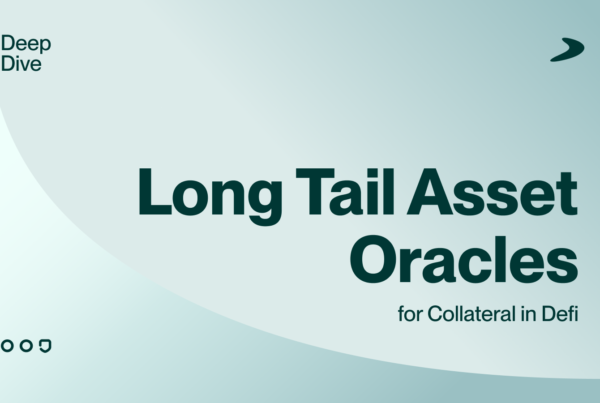There seem to be different comfort levels when it comes to centralization in crypto projects. Perhaps this is due to differing ideas of what the purpose of blockchain is, maybe a lack of patience with scaling efforts, or the pervasiveness of speculators and the subsequent influence that they have on the success or failure of projects. Either way, if you stop and take a look at the current DeFi space you might notice a shift in focus from the original ideals of crypto (freedom, immutability, decentralization), to things like speed, features, efficiency.
At face value there is nothing inherently wrong with speculators — they are here to stay and they help bring value and users to us. And, there’s also nothing wrong with wanting better UX, faster transactions and more efficient systems; however, there is a big difference between features you build towards versus having them be the fundamental aspects of what you’re building.
Bitcoin wasn’t trying to be the more efficient way to spend money. No, that was Paypal. Bitcoin was trying to free us from corrupt and obsolete intermediaries; being more efficient than say, a wire transfer, was a secondary benefit. And that’s the key point here, these secondary benefits have become how some people judge the success or quality of a project. Each time that happens we fork away more and more of the the soul of crypto into the very thing it was created to fight (only more efficient!). We must remember the mistakes of the web 2.0 while building web 3.0 or we are doomed to repeat it.
Similar to the early era of the internet, the first epoch of crypto (2009–2017) was like the wild wild west, peaking with the ICO era and infamous bull run. We all saw the effects of the ICO era; the “shit-coin” projects that had no incentive to actually launch, but only to continue promising future features and enterprise clients, and a stream of empty partnership announcements. The impact was a lack of trust and faith in what people were building and claiming. It’s good those days are gone for the most part, but I’d caution you from thinking we’re out of the woods yet.
We may have less scams now, but what we have is a more subtle problem. We have projects that are willing to sacrifice censorship resistance centralizing key aspects of their project so they have the capabilities that will help them compete in the marketplace.
The result is that we end up with snazzy projects that attempt to shoe-horn in decentralization and “blockchain tech”as much as they can, and where they can’t, instead promise to put decentralization on their roadmap. What’s incentivizing developers to fully decentralize? There is no incentive, in fact, there’s no reward for developers to incorporate decentralization as they are often rewarded for not doing so based on up front promises. As we all know, it’s really difficult to back your way into decentralization.
There is a project methodology called Crawl Walk Run, which has its origins in the famous quote:
“If you can’t fly then run, if you can’t run then walk, if you can’t walk then crawl, but whatever you do you have to keep moving forward.” — Martin Luther King, Jr.
I think this illustrates what’s happening in crypto right now- there are two different definitions of this methodology that projects are applying:
Wrong definition
Crawl — partially decentralized
Walk — mostly decentralized
Run — fully decentralized
The majority of space is in this partial mode, claiming to be decentralized enough, or ignoring that word all together. The few users are happy as long as they can make money or seem cutting edge. But we must stop rewarding this stuff in the meme-pool of ideas. Remember, when it comes to the marketplace of ideas, we play nature’s role in survival of the fittest. Sadly, though, people do vote with their wallets not their hearts.
Some of these projects that take the partial decentralization approach raised lots of money and a ton of attention. This became a winning strategy for others and led to the huge influx of copycat, misguided, or scam projects; projects that operate a business of wishful thinking and false promises. It’s kind of like a virus. The outbreak of this virus was fueled by the ICO era and continues to live off a feedback loop. This is how it spreads:

The way to stop this counterproductive and infectious cycle from spreading any further is to no longer build projects that are fundamentally flawed and backwards. We should view the current limitations of blockchain and then build fully decentralized products within those parameters:
Right definition
Crawl — slow & expensive
Walk — Limited, but better
Run — At scale — TBD
This is the way
Because censorship-resistance NOT speed/UX is the killer feature at the soul of blockchain.
We need to iterate on decentralized ideas at testable scale in order to validate that these things provide what we want them to. Only then can we expand features and add new variables to the equation. This is how we built Tellor, opting for slow but secure design, launched the network, and now that we have seen it work we have begun working on improvements to the speed and complexity.
Contrary to the tone of this article, there are legitimate roles that centralized features can play and still be fundamentally sound and true to the ideals of crypto. The key differentiator is whether or not that centralized piece creates a censorship risk, or just a risk of inconvenience. For example, many projects utilize Infura, Etherscan, and/or Metamask. Infura is free, easy, and can help projects get up and running much more conveniently than if they were running their own node. The difference in this versus a centralized component of your smart contract is that if Infura was compromised, or went down, your project wouldn’t be “censored”, you’d just be inconvenienced for a short period of time while you migrate to your node. Centralized platforms can play a role in helping build user experience as Ethereum and blockchain tech scales.
The take-away — when building our projects we need to validate that the design choices we make advance the decentralization that we all are seeking. Let’s all focus on growing while not compromising on our values, after all this is more than technology, it’s a movement.
Thanks for reading and as always, reach out with any questions, comments and concerns. We look forward to getting this space going, so come join us on Telegram and join the community.



